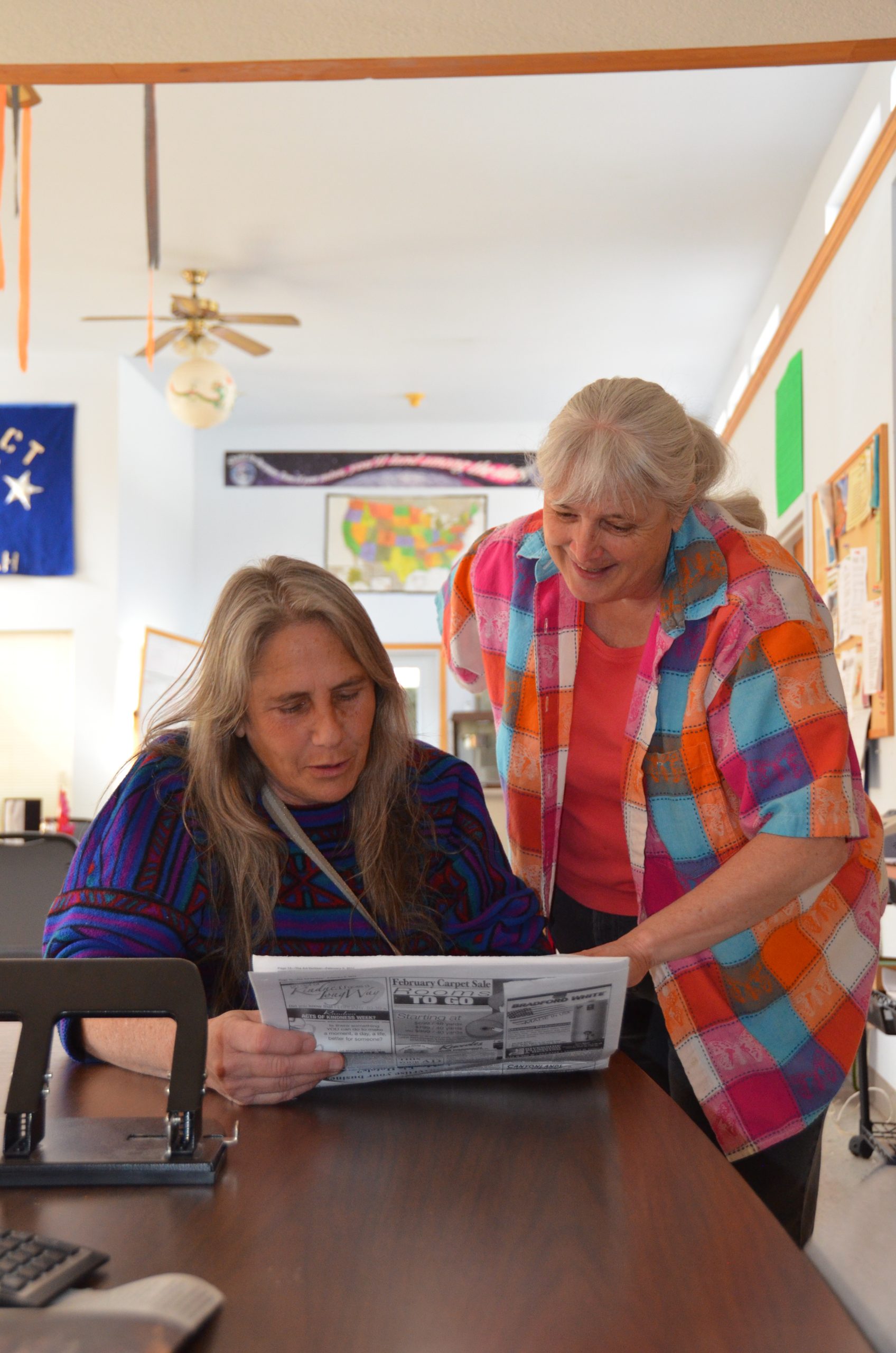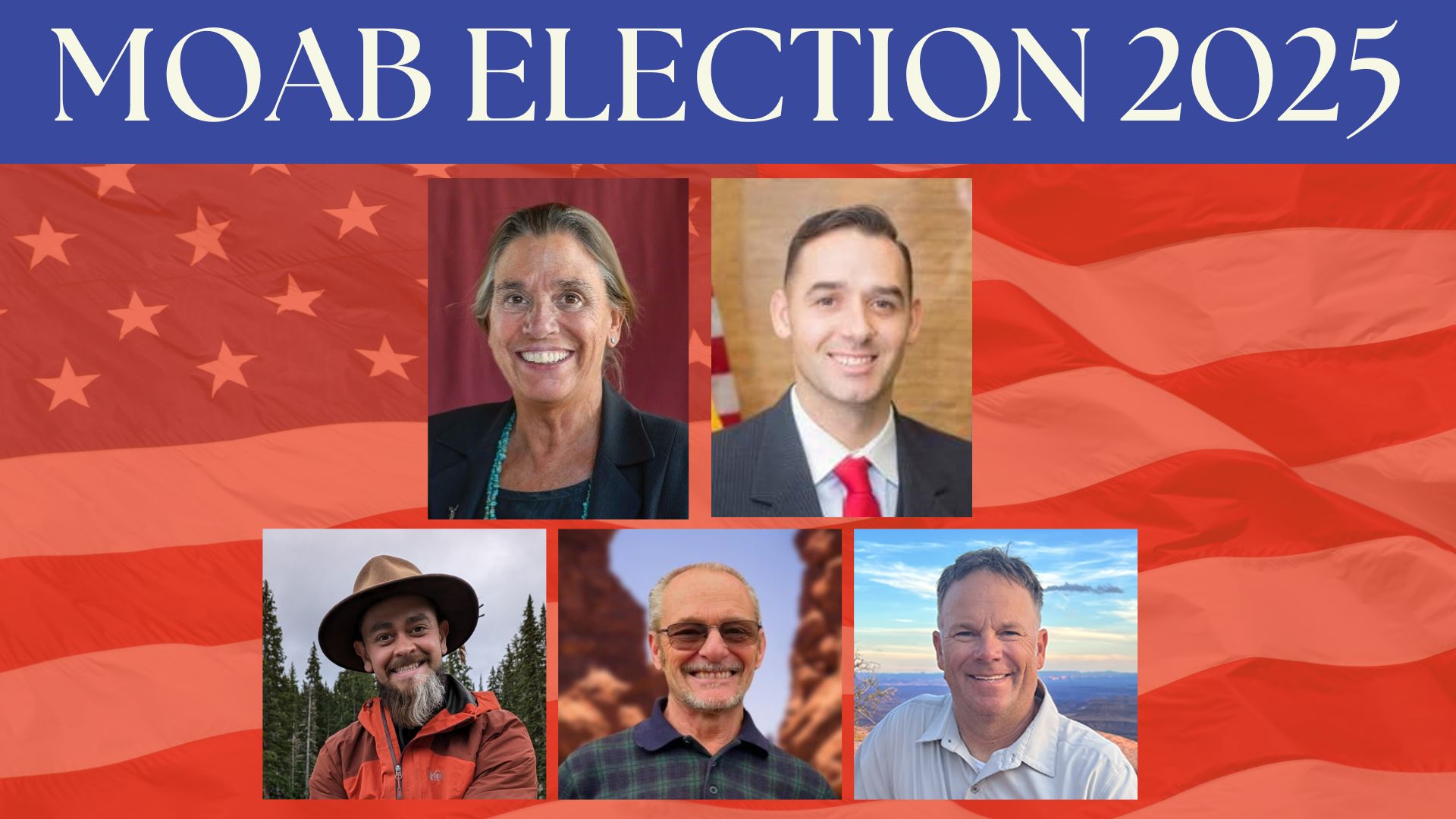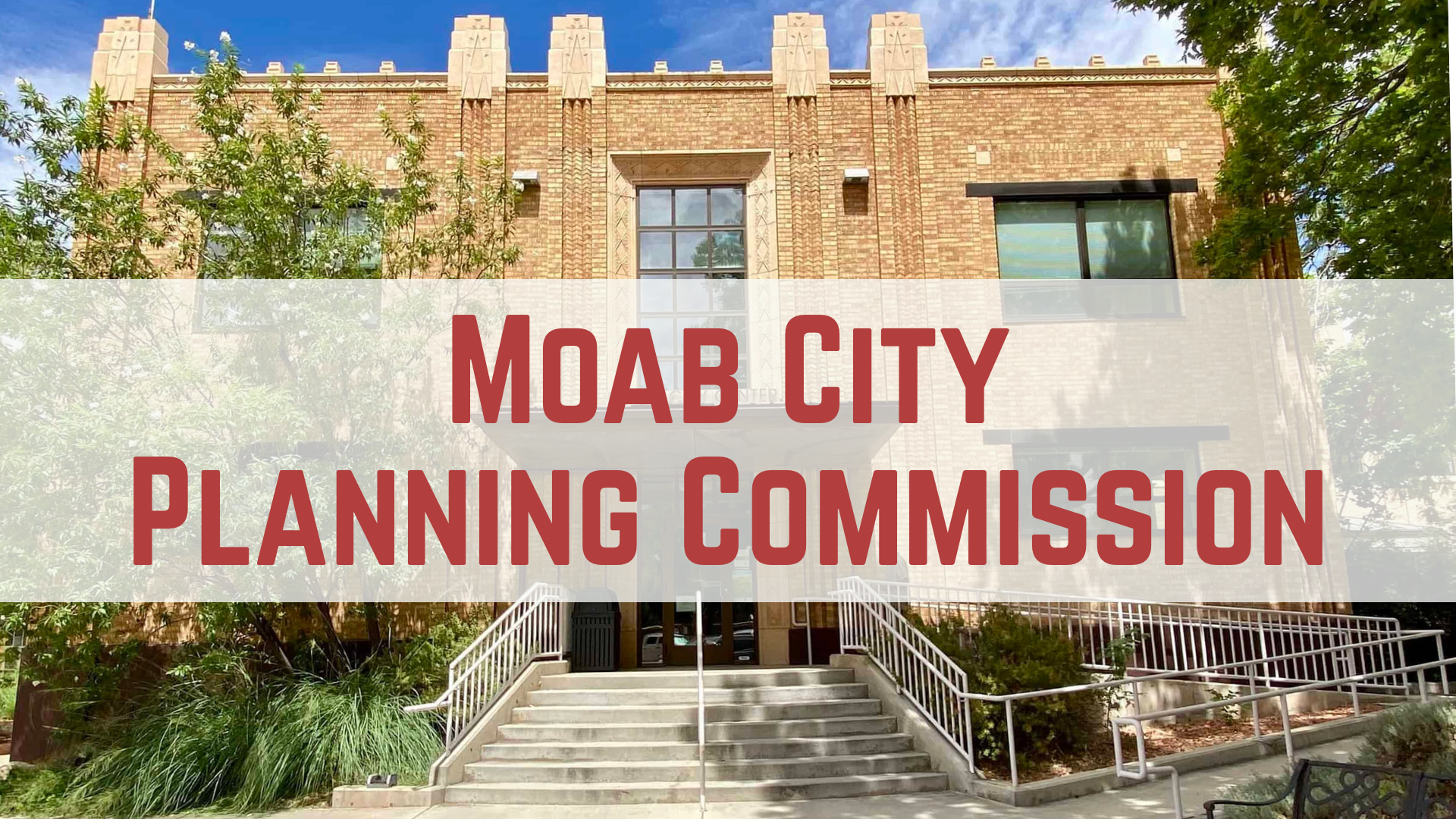Some information may be outdated.
The Grand Homeless Coordinating Committee (GHCC) conducted the annual Point-In-Time (PIT) count over three mornings, starting Jan. 30.
The nationwide PIT count is held at the end of each January to count all sheltered and unsheltered homeless individuals in each county of the state on a single night.
According to the committee, this year’s count was lower than previous years.
The PIT count, a federal and state requirement, is used to create a projection each year of the number of homeless people in each state.
A group of trained volunteers spent the early morning hours of three days attempting to make contact with homeless individuals. The team visited local shelters, transitional housing, and jails as well as combing areas they know homeless people live, such as camping areas or creek beds.
Utah’s PIT count estimated 3,249 people were homeless. Grand County counted 14 homeless individuals.
The numbers from the count are used to create a projected, annualized homelessness estimate for each area. The estimate helps take into account transient homeless people and the individuals the group was unable to make contact with during the three days.
Grand County’s annualized estimate for 2013 was 49 homeless individuals.
“This year’s (PIT) number is definitely lower,” said Sharon Relph, director of Four Corner Community Behavioral Health’s InterAct Club in Moab.
Relph said the lower number is a reflection of the work put in by the Grand Homeless Coordinating Committee (GHCC). The group has collaborated to help develop more housing and treatment options for the homeless.
The GHCC was founded in 2006 to help address the issue of homelessness in Grand County. Many agencies in the area offer services to assist homeless people, but because of funding limitations or regulations agencies may only be able to help an individual who fits specific criteria.
For example, the Four Corners Community Behavioral Health has programs to assist homeless individuals, such as the InterAct Club, but the individual must have a mental illness and be identified as homeless.
The GHCC is a coalition of several agencies working to coordinate the different services available in Grand County to help solve the homelessness problem. The committee has representatives from the Grand County and Moab City Councils, the Grand County Sheriff’s Department, the Department of Workforce Services, the Salvation Army, Four Corners Community Behavioral Health and InterAct Club, Seekhaven and other organizations.
The coalition also works to collect data, such as the PIT count, for the area. Relph explained that to secure funding for different projects, such as housing development, specific data are needed.
“You can go into a lot of situations and say a (housing area) is closing down and we have all this substandard stuff out there, but you have to get that information into the area plan so we can say, ‘In Grand County there is a need for 100 one-bedroom units, or 75 two-bedroom units, or whatever,’” Relph said. “Then people in the housing industry can pick that up and go get money for it. But you have to have the numbers together.”
The group is working to collect that data so it will be available for different organizations when they need it.
The issue of homelessness is not new to the area, but the GHCC has helped raise awareness of the issue. This increase in awareness has helped connect existing services together so they can offer the most efficient help, but also the group has created new services. While the homeless numbers are dropping according to the PIT count, the group wants to continue to raise awareness for the issue.
“We need a lot more community awareness,” said Elizabeth Tubbs, co-chair of the GHCC and a Grand County councilwoman. “Like every other difficult issue, we need more people to get involved.”
Individuals are defined as homeless if they lack a permanent residence that is fit for human habitation. Many times, homeless individuals will stay in transition shelters, missions, or temporarily with friends.
Others will find shelter in tents, storage units, or abandoned buildings or cars. Homelessness is classified two ways: episodic or chronic. According to the United States Department of Housing and Urban Development (HUD), to be classified as chronically homeless an individual must be continually homeless for at least a year, or the person must have four episodes of homelessness in the last three years.
High poverty rates and a lack of affordable housing are some of the primary causes of homelessness, according to last year’s Utah Homeless PIT Count report.
Sara Melnicoff, who works with Moab Solutions and Moab’s division of the Salvation Army, said figuring out which individuals will actually become homeless is more difficult.
“Homelessness is just a symptom of so many other issues,” she said.
Many homeless people are dealing with substance or alcohol abuse, mental illness, sudden loss of income, divorce, domestic violence, or other issues. Relph explained that while people are dealing with these other issues, they develop an inability to handle day-to-day life, they isolate themselves, and then find themselves alone.
“Many people are just one paycheck away from being homeless,” Relph said.
Homelessness creates an economic burden for a community, Relph said.
“As these individuals cycle though the emergency rooms, jails, and housing options, a lot of resources and funds are utilized,” Relph explained.
Time and resources are also consumed with ambulance call-outs, medical personnel, law-enforcement officials, and workers at support centers.
“For example, when it gets so cold out, people know that if they break the law they will get three meals and a warm place to sleep in the jail,” Relph said.
Melnicoff said it costs about $60 per night to house someone in the jail. Since homeless individuals usually lack the funds to pay for these types of services, the costs are absorbed by taxpayers.
The issue also creates safety concerns for the community, as well as the homeless individuals. Since they usually have very little money, Melnicoff said, homeless people will burn through their funds, then resort to other methods for survival, such as stealing. Homeless people themselves are exposed to dangerous conditions such as inclement weather, unhealthy environments, or violent situations.
The GHCC staff say they’ve seen much progress in the last couple years. The number of homeless in Grand County has dropped, collaboration of services and resources has increased between agencies, and public awareness has increased. Four Corners will also be breaking ground around March 1 on a new housing development, Aspen Cove, that will increase the number of beds in Grand County for homeless people. Aspen Cove will have eight one-bedroom units and two two-bedroom units.
Members of the GHCC are also working to develop a program that pairs a homeless individual up with a mentor.
“One of the things that the homeless need is for someone to do things with them, whether it is helping them fill out an application, go to the grocery store, take a walk with them one afternoon, or help pay their bills,” Tubbs said.
The program is looking for individuals who can spend at least an hour each week just being a friend.
While the GHCC is seeing definable progress, it still has work to do and is looking for individuals interested in helping.
Interested individuals can join the mentoring program, help the local Salvation Army unit, donate funds, participate in fundraisers or educate themselves and their friends about homelessness.
“Our numbers are going down,” Relph said. “We are seeing success, but there are still homeless people in Grand County.”
Housing, mentoring and other services to help homeless population
“This year’s number is definitely lower.”
If you’re interested in volunteering as a mentor for homeless people, contact Sara Melnicoff with Moab Solutions at 435-259-0910 or visit www.moab-solutions.org/.
Appreciate the coverage? Help keep local news alive.
Chip in to support the Moab Sun News.





